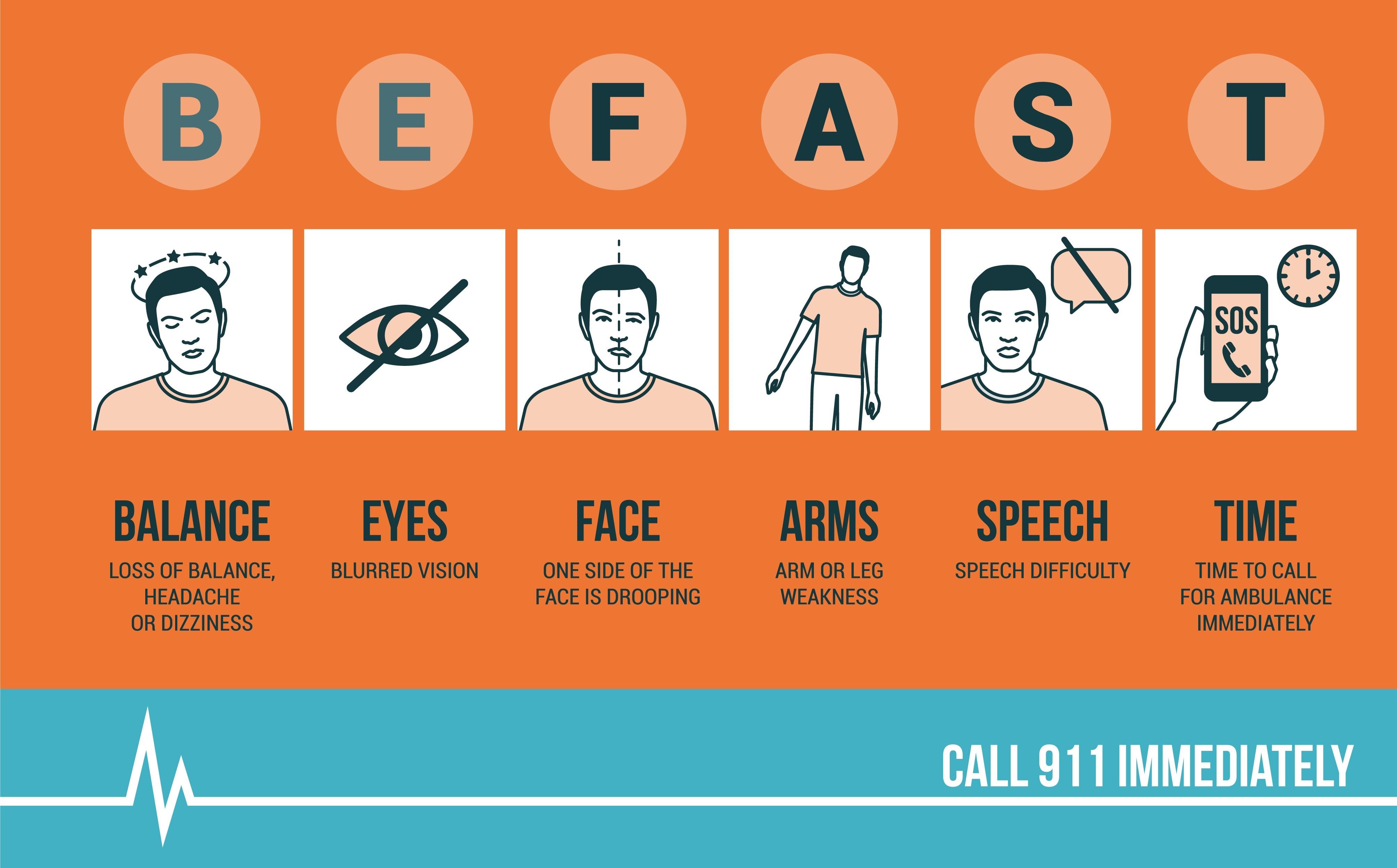Do You Know the Signs of a Stroke and How to Prevent One?
- Category: Health News, Stroke Program
- Posted On:

Stroke Expert to Present Free Seminar on Stroke Awareness
The statistics are staggering. There are 795,000 strokes every year in the U.S. and one person dies of stroke every four minutes. Stroke is the leading cause of serious, long-term disability, but the good news is 80 percent of strokes are preventable and most are treatable when detected early. You are invited to learn the risk factors of stroke, and how you can prevent it from happening to you.
On Wednesday, Nov 2 at 3:30 p.m., neurointensivist and co-medical director of Washington Hospital’s Stroke Program will present a live online seminar called, “Stroke Awareness: Risk Factors and Prevention.” To watch it on Facebook, sign into your account then go to facebook.com/WashingtonHosp. Or you can watch it without an account on YouTube by going to YouTube.com/whhsInHealth.
Those watching on Facebook will be able to submit questions during the seminar. YouTube does not have this option, but all viewers can submit questions in advance via email to CommunityOutreach@whhs.com. If you cannot watch it live, the seminar will be available beginning the next day at YouTube.com/whhsInHealth.
There are two types of strokes, also called brain attacks. Ischemic strokes occur when blood flow to part of the brain is cut off due to a blood clot or an artery that has become narrowed from plaque buildup. Hemorrhagic strokes, which are the less common of the two, happen when a blood vessel breaks causing bleeding in the brain.
Strokes are medical emergencies and it is said “time is brain,” so it’s important to call 911 immediately if you or someone else is displaying signs of a stroke. Do not try to drive yourself or someone with stroke symptoms to an Emergency Department. EMS professionals know how to treat stroke patients and can call ahead so the Stroke Team is ready on arrival.
So what exactly are the symptoms of a stroke? There are 6 telltale signs that are easier to remember by using the acronym “BE FAST.”
BALANCE – Is the person experiencing a sudden loss of balance or coordination?
EYES – Are they having a sudden change in vision or trouble seeing?
FACE – Ask them to smile. Does one side of the face droop?
ARMS – Ask them to raise both arms. Does one arm drift downward?
SPEECH – Ask them to repeat a simple phrase. Is their speech slurred or strange?
TIME – If you observe any of these signs, call 911 immediately.
Dr. Rose will thoroughly explain each of these symptoms and show illustrations so you will be able to determine if someone truly is having a stroke. Quite often it is a family member, not the stroke victim, who recognizes the signs of a stroke and calls 911, so it’s important that everyone know how to know these signs. Even children who may be home alone with a family member can identify the signs if they know them and save a life by dialing 911.
Since strokes can be deadly or have devastating permanent outcomes like paralysis and problems with thinking, awareness, memory, or speech to name a few, it is good for everyone to know how strokes can be prevented. While some risk factors are uncontrollable, like age, gender, heredity and race, others are very much in our control. They include managing your hypertension, controlling your weight, eating well and not smoking. Dr. Rose will discuss these and other stroke risk factors in detail, since prevention is the best way to avoid having a stroke.
Washington Hospital is the designated receiving center for strokes in Southern Alameda County and a certified Primary Stroke Center. This means stroke patients receive the best and fastest possible testing and treatment from the moment they arrive in the Emergency Department to the time they leave the Hospital to continue their rehabilitation.
To learn more about Washington Hospital’s Stroke Program, visit whhs.com/stroke. Washington Hospital maintains a YouTube channel with hundreds of videos featuring health care professionals on various health-related topics. Visit www.YouTube/whhsInHealth for options.
To watch “Stroke Awareness: Risk Factors and Prevention" seminar on our Youtube InHealth channel, click here.
